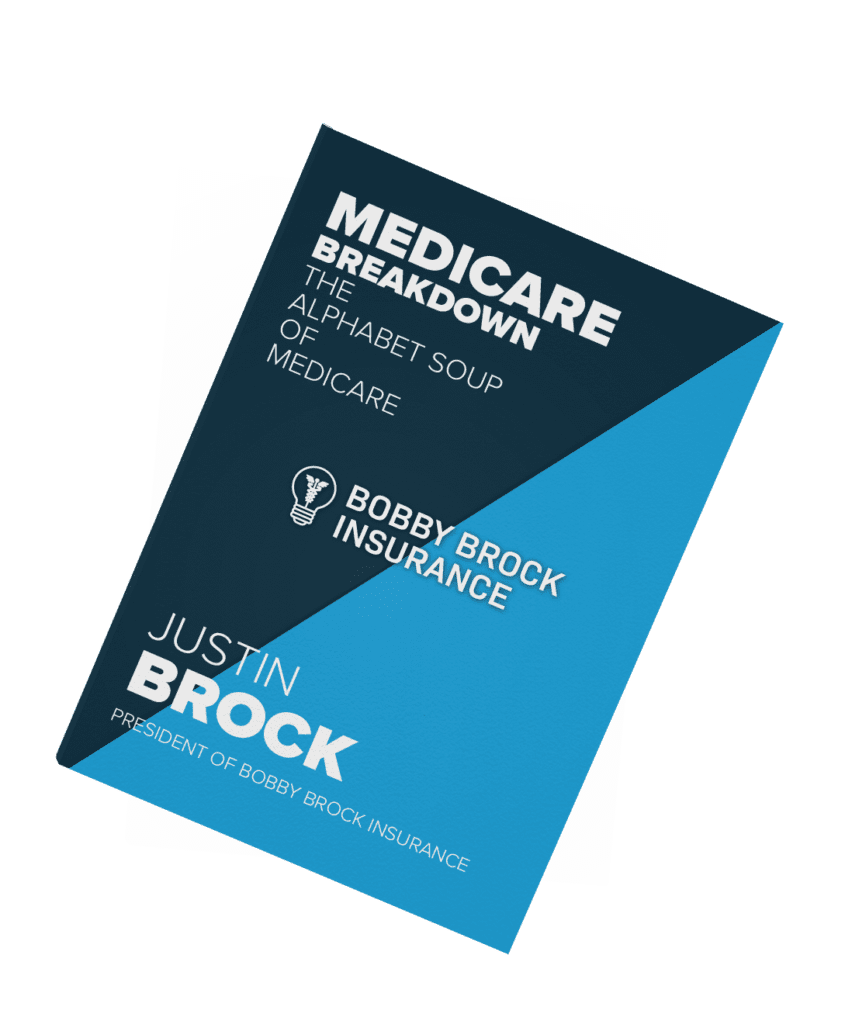Health coverage for Medicare beneficiaries is provided by Medicare Part A, B, D, and supplemental insurance plans.
Medicare generally pays 80% of “approved” hospital and medical expenses and 75% of Prescription drug costs. You must be enrolled in Medicare Part A, B & D to receive these benefits. The keyword, however, is “approved.” So what is not approved and what are your potential out of pocket expenses?
Medicare Doesn’t Cover Everything
Medicare does not cover all medical procedures or drugs. In fact, Medicare does not cover any routine dental vision or hearing expenses and it does not cover many new specialty drugs. Even when the drugs are covered, the copays and out of pocket expenses can be catastrophic.
Medicare does not cover Long Term Care. Long Term Care is defined as custodial care. That means nursing home level care like bathing, taking medications, transferring to the toilet, etc. Medicare only covers a very limited acute recovery care under certain circumstances. Medicaid may pay for Long Term Care if the beneficiary has spent all their assets, but many of the best Long Term Care facilities will not accept Medicaid.
Additional Coverage
Comprehensive coverage for Medicare beneficiaries consists of Medigap insurance policy, Dental Vision and Hearing Coverage, Medicare Part D insurance, and Cancer Heart Attack and Stroke insurance coverage. Long Term Care Insurance is appropriate for those with incomes and assets that will support the premiums.
Medigap Plan G pays the Hospital deductibles, copays, and all of the 20% coinsurance to Medicare. You will pay your Part B deductible which is $183 for the calendar year 2017. Plan G is the best value for Medigap because it provides the best value for your premium dollar and lower premium increases as time goes on.
The Central United Life Dental Vision & Hearing policy allows you to use your yearly maximum of $1,500 for either of the three needs each year. This is the only policy I know of that allows this. There is a $100 yearly deductible and after that, the benefit percentage applies.
Medicare Part D
Medicare Part D insurance covers your prescriptions. Generic drugs are pretty cheap, but some brand name drugs can be very expensive. The catastrophic out of pocket threshold for 2017 Part D beneficiaries is $4,950. After that, you pay a 5% coinsurance. Even though all plans are required to provide 2 drugs from each therapeutic class, some drugs may not be covered.
Some specialty drugs for cancer are very costly. Even with Medicare Part D insurance, it is possible cancer patients’ annual costs could be over $10,000. This article from NPR gives information about the high costs of specialty drugs: https://www.npr.org/sections/health-shots/2015/12/03/458216778/specialty-drugs-can-prove-expensive-even-with-medicare-coverage
The Aetna Cancer Heart Attack and Stroke Coverage provides a lump sum benefit for life-threatening cancer, heart attack, or stroke. Benefits are available between $5,000 and $75,000. This benefit is paid directly to you in the event of life-threatening cancer, heart attack, or stroke. You can use the money any way you need to.
Long Term Care insurance
Long Term Care insurance is available in many forms and many benefit levels. Some plans can be very costly, especially if a person waits until they are over 65 to apply. There are, however, some Home Care Options that will help pay for Home Health.
Standard Life Home Care is a good insurance plan that provides benefits to help pay for Nurses, therapists, and other care at home. It is relatively inexpensive.
This combination of coverage will provide Medicare Beneficiaries with enough coverage to protect their family nest egg and provide them with the medical coverage they need.
Related Blog Posts
-
Home health services mean you receive health care in your own home instead of in the hospital or Skilled Nursing…
-
While many focus on the dwindling Social Security funds, a more pressing matter is looming - the solvency of the…













